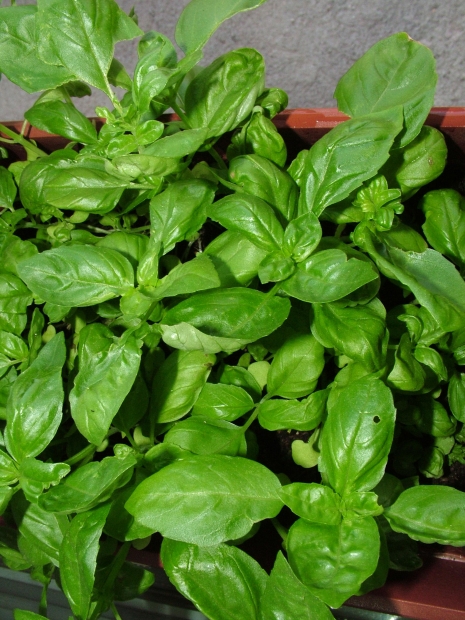 Loading... Please wait...
Loading... Please wait...Save Money. Grow Your Own!
Fast Plain Box Shipping.
We ship to the US & Canada.
Grow Your Own!
Growbox vs Growtent
Posted on 1st Apr 2015
These two different types of hydroponic setups are very different -- so when would you want a grow box, and when would you want a grow tent?

Big Versus Little
One of the most common guidelines for these two types of units is that you want a grow box for any number of plants under, say, six or eight -- but you want of grow tents for any number of plants above these numbers.
Grow boxes are made specifically for a set number of plants. They have small interior spaces. By contrast, grow tents are made for nurturing large numbers of plants, and you can often fit up to 50 or more plants inside.
Sealed Versus Open
Compact grow boxes are often a sealed environment for plants where growers can micromanage things like temperature and humidity. By contrast, grow tents are not really sealed -- even though they may have fixed vinyl shells or other types of barriers between the interior and exterior, they're often open to the exterior of what's beyond the tent.
Reservoir Handling Methods
In a compact grow box, reservoirs are often built right into the box and hardwired into irrigation tubing or trays. That means growers don't have to really do anything to a reservoir, except put water and nutrient materials in, although they may have to maintain it over time.
With a grow tent, it's more common that a reservoir will be an additional part of the setup that may be placed on the floor either inside or outside of the grow tent and connected by tubing. In many cases, the growers will have to connect these materials themselves.
Ready-Built Versus DIY
The reservoir isn't the only thing that might come built-in in a grow box, but not in a grow tent. In general, growers will have to structurally install things like plant trays and irrigation pipes for the much larger installations that go into a grow tent.
These are just some of the major differences between these two types of hydroponic systems. In addition, growers will have to look at issues like how to keep plants from stagnant air and water, how to provide the right nutrients at the right times, how to protect against dangers like bacterial blight, and more. Take a look at all of the gear that's available in the market to help growers truly put together the systems that they will use to succeed year after year.
